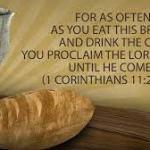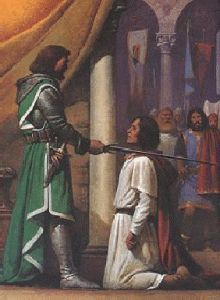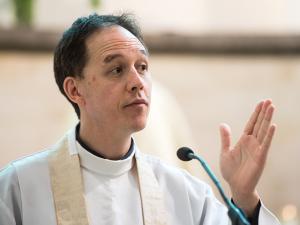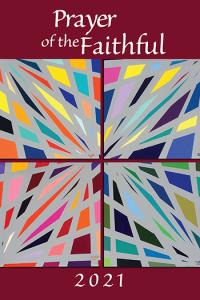Celebrations of Grace: The Sacraments of the Catholic Church, Part 2
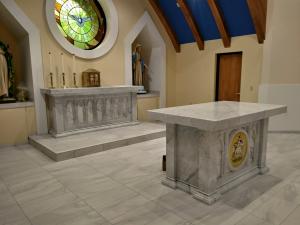
The Church’s liturgy, her way of celebrating the sacred mysteries, her sacraments, always had a strong hold on me. That fascination only grew as the liturgy changed. Meanwhile I was growing from youth to adulthood, trying to master many things besides liturgy. I would experience God really present in our liturgies, but then pretty soon I would be on about everyday occupations again. That’s the way the Christian life is lived for the most part—from the heights of a sacramental celebration back to the ordinary world with hardly a breath in between.
If I were to become friends with a master chess or professional basketball player, I’d want certain things. Probably spend some time over a chessboard or on a basketball court. Maybe I could learn some new moves. I expect I’d have to get rid of some bad habits. If it were a master in the arts or music, I’d want to see learn about painting or experience some Mozart. A scientist or philosopher—there’d be all sorts of questions I’d want answered. There’d be mistakes I’d need to correct. I would want to be like, and so honor, the master.
Jesus, the Master at Life
I meet Jesus in a sacrament and what do I do? Go home and have some lunch. Maybe see a movie. Go to a friend’s house. Go to work or play. Go and live. And so I honor Jesus, the Master at Life. I like to think of the Sunday liturgy as the shining high point of the week, but it’s not as if liturgy puts everything else into shadow. Rather, liturgy shines its light on everything else, gives it a baptism, a dying and rising. Through the challenge that the Master at Life gives, I expect to be changed.
Connection between sacraments and life don’t seem obvious at first. Maybe the priest talks about how I should behave when I leave church. That’s a connection, but there must be more interesting ones than that. The liturgy is much more than a sermon. There must be lots of connections throughout the Liturgy if I could only see them.
Becoming an observer
Speaking of seeing, let’s imagine an extremely sharp observer coming afresh, as if from another planet. This alien observer arrives at a sacramental celebration and asks over and over, “What does this particular item or activity say?” That’s a fiction. We’re not aliens and not such sharp observers at Mass, either. When liturgical celebrations are done well, details that we might not even notice because of their familiarity still move us in ways that approach liturgy’s deepest meaning.
I found that looking at the ways liturgical celebrations have changed helped me unveil a good deal of liturgy’s meaning. Sometimes it’s when something changes size or position—the baptismal font or an entrance procession, for two examples. I also noticed changing roles and changing names—table, assembly, presider. Thinking about these also helps parts of the meaning of liturgy become clearer.
Jesus is the Master at Liturgy and the Master at Life. He invites me to spend a little holy time with him, as he spends considerably more worldly time with me. That second part has always been important in Catholic belief. That’s what I see more clearly now in the Church’s liturgy.
Evolving Table of Contents for this series on the Liturgy here.
Image credit: Sclance via Google Images



